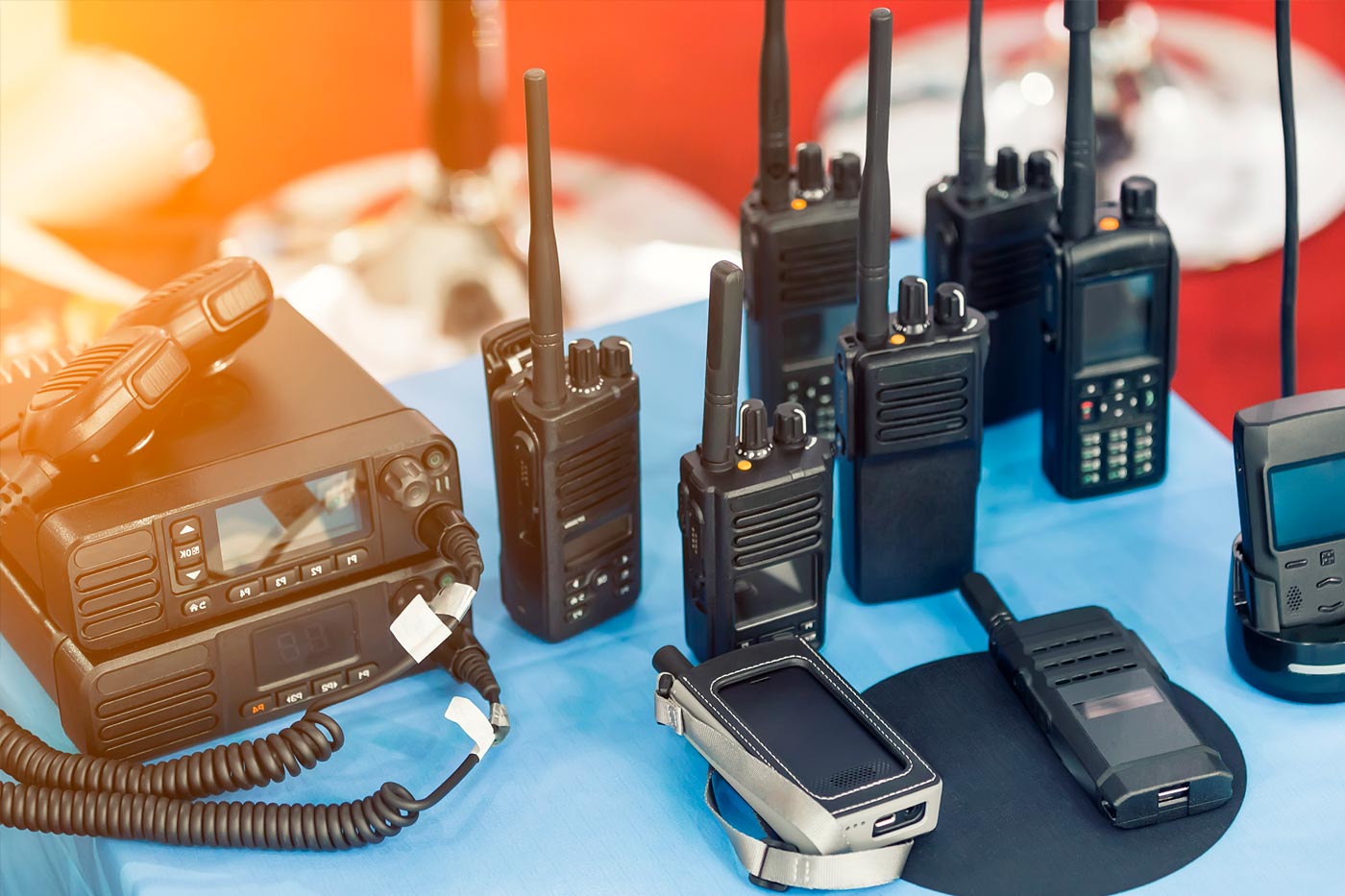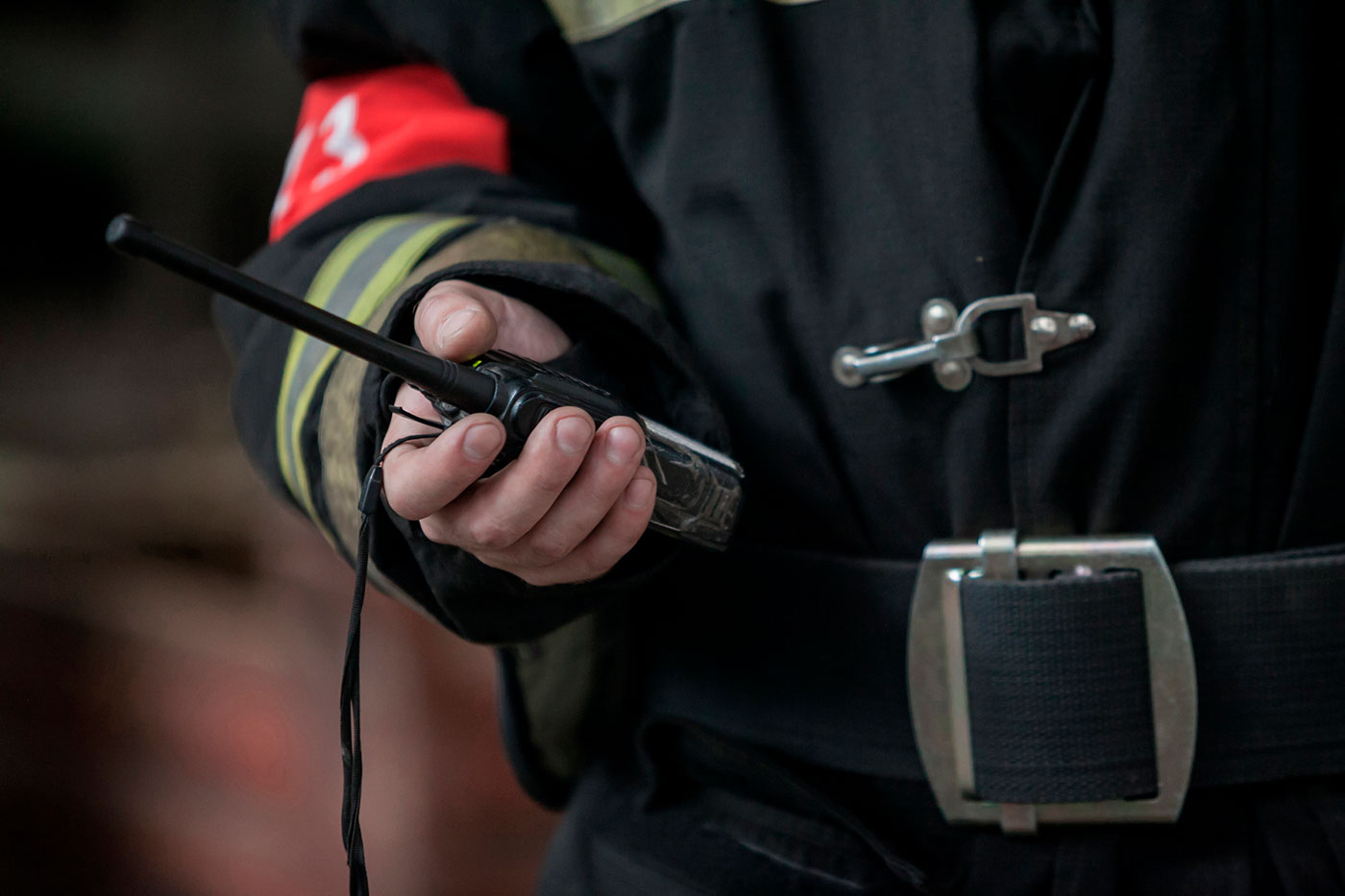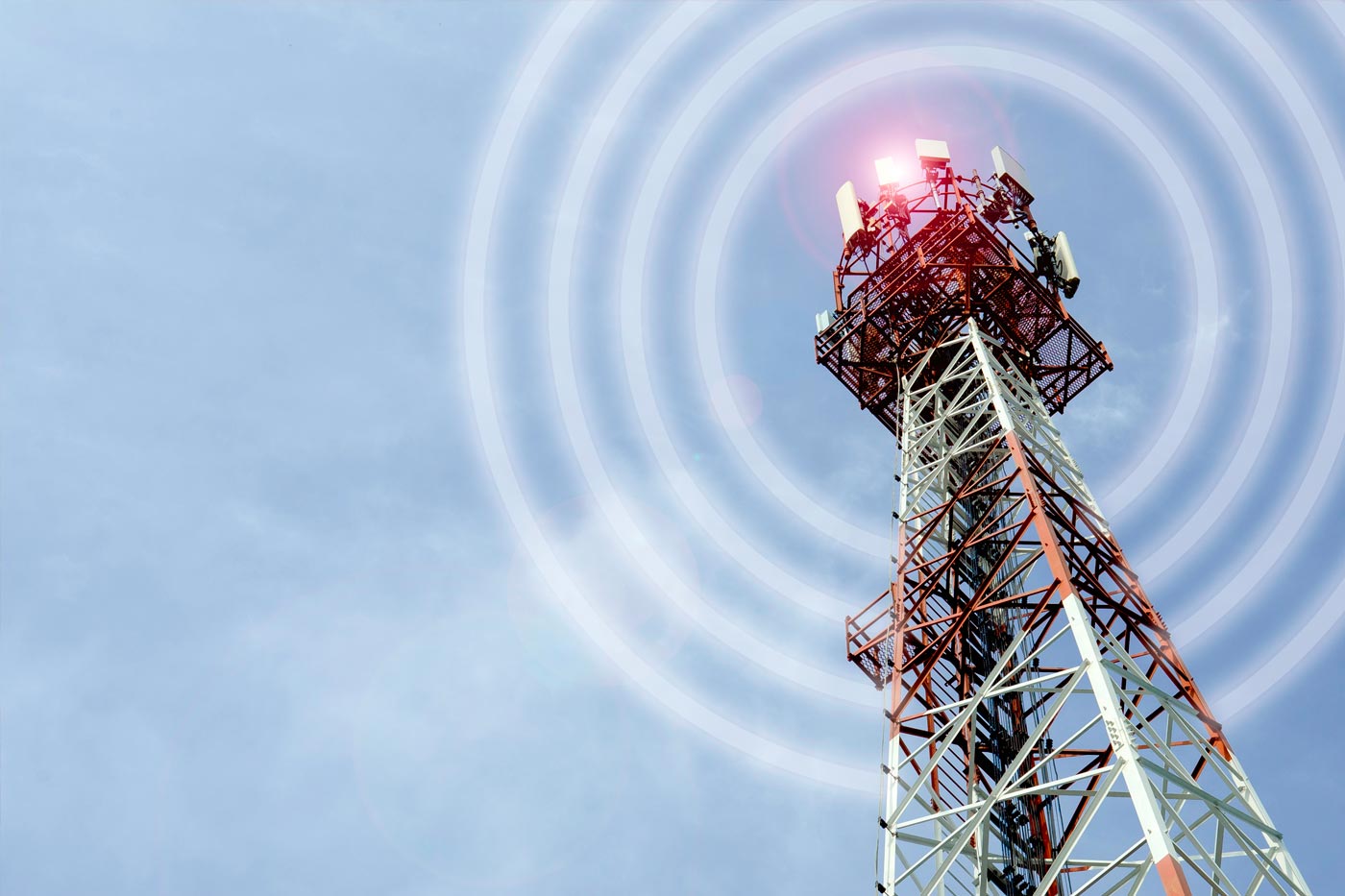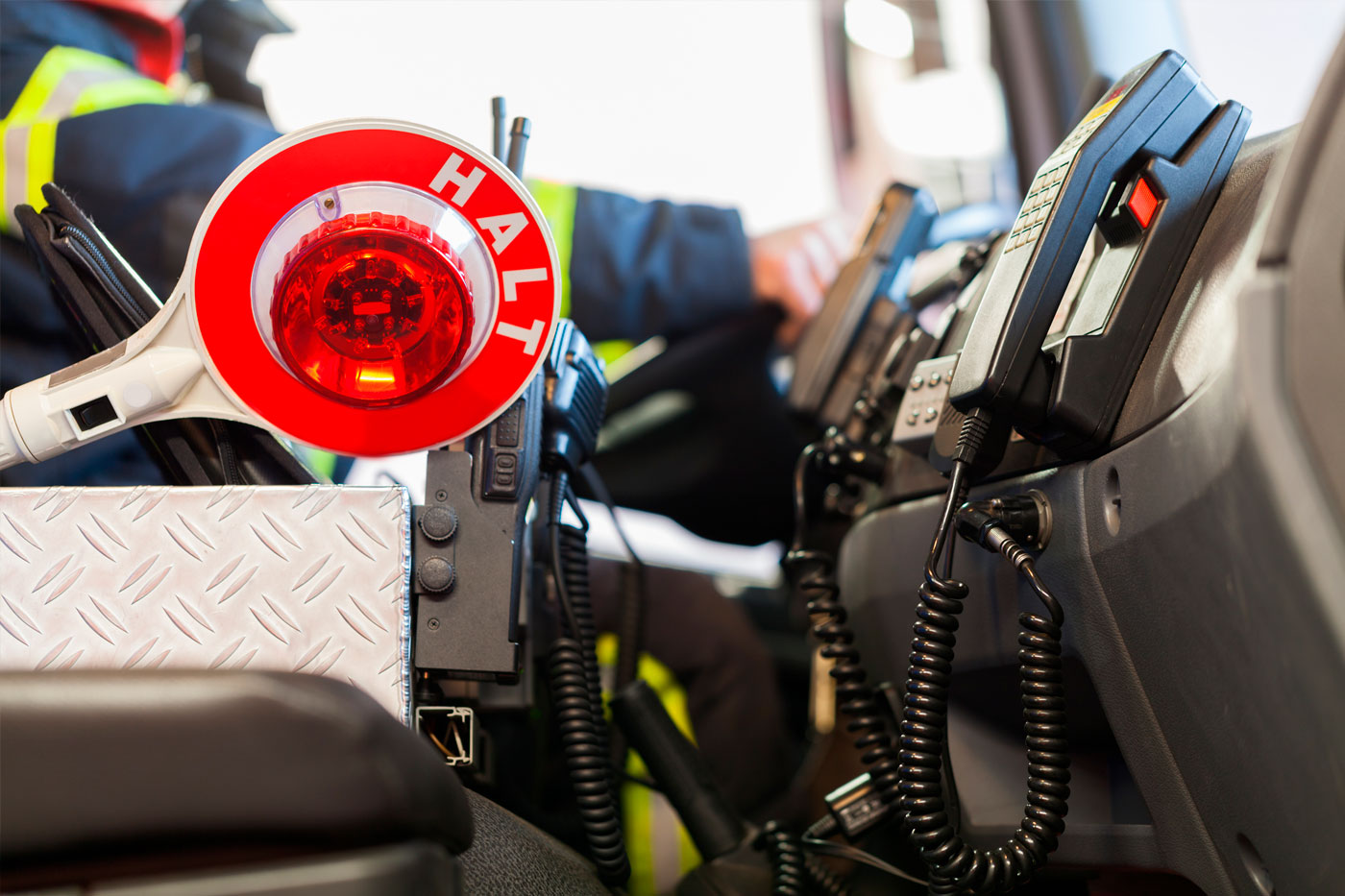
Test methods to control mobile radio systems
An integrated test set can be determined as the inalienable part of mobile radio measurements and it is a vital task to determine how these measurements are to be performed.
RH (Radio-frequency) system is to work properly in various environmental conditions, which can occur during field usage. An appropriate test method must be used in order to provide an opportunity to carry out fast and accurate control of radio system’s readiness for operation. Likewise, it is called «mission ready» system.
With the aim of being «mission ready» , RF system must include appropriate components and the sources of conceivable risks must be evaluated in advance.
The list of probable risks is vast yet not every situation can be entered into it. Such a list often includes interference and distortion, furthermore, the items within the installation (transmitter and receiver, power and control connectors) can also be listed, as these items are needed for the trouble-free functioning of the radio transceiver.
Nowadays most of radio test methods are used on the platform similar to the radio system, which is going to be tested. A special «talk test» is used in order to determine whether both these systems operate properly. By means of «talk test» it is possible to find out which of two radios is out of order when there exists an impairment.
Hardly can a «mission ready test» be determined without the use of appropriate test procedures and test instrumentalities, which are based on the set of standarts. In order to be acceptable for the use, a platform has to perform all tests and meet all the standarts.
There is a list of special requirements to be fulfilled so as to give the characterization of RF system. Firstly, it is necessary to find out what is to be tested. Often error sources and components are the participants of the search. Secondly, special intsructions are to be published with the aim of being the helping hand for the operator, who can use it only if he is qualified enough.
The main aim of characterization is to find out which system components are «mission ready» and which are «mission critical».
In order to create an appropriate test, which is simple to operate in miscellaneous conditions, there have to be held various operational tests which check every system component for being «mission ready» in a non-invasive way.
«Mission-ready» specifications for the platform require the 40 dB of RF loss to be added to the RF power readings in the radio test set and, moreover, to the settings of RF generator level. The information about such a loss is stored in the vendor data. Sometimes is can be calculated manually as the over-the-pass loss. In case if the output power of the transmitter for the radio under test trandmitter is 10 W (+40 dBm), the measurement, which is carried over-the-air will be attenuated by 40 dB.
The sensitivity of RF receiver is determined by special level, that requires a 40 dB added loss. In order to carry out the over-the-air test on the RF system with 100 dBm, the RF generator has to be set to -60 dBm level in order to perform the «mission-ready» data. With the aim of checking the correct work of antenna, coaxial system, microphone and transmitter, the frequency, modulation and distortion are to be checked using the radio test set. The receiver and speaker are also to be checked properly. It can be done by means of passing of receiver sensitivity and speaker audio over the air.
The last but not least requirement to be mentioned is the proper qualification of the operator. The level of qualification can be ascertained with the help of special tests and can be improved with trainings and courses. The operator has to possess special skills, which will allow him to perform all needed activities with the test instruments and in accordance with up-to-date stardarts and requirements. Modern systems are projected in such a way that all instructions for operators can be displayed on the screen. However, it can be done only in case if radio test set supports scripted testing. With the aim of improving the system and evaluating the test system work, the operator collects the data from each platform.
Aeromarine SRT has created RT-1 radio test set, which has all features necessary for the proper work and analysis of above-mentioned schemes.
With the development of technologies and the extension of the requirements for communication equipment, the traditional means, as analogue service, are not able to comply with up-to-date standards. Hence, more sophisticated services are to be developed. These changes lead to the redefinition of PMR, which is based on digital technology.
Tetra (The Terrestrial Trunked Radio) is considered as a professional mobile radio standart (PRM), provided in more than 100 countries. It is widely used by the governmental organizations and likewise by private companies in various spheres which differ from transport to the companies-suppliers of energy. Radio of such a type is to correspond with established requirements, which include unlimited availability of the system, secure guarantees, stable wireless connection.
LMR, or Land Mobile System, is a terrestrially-based professional push to talk communications system, which is widely used by public safety organizations (for instance, police, firefighters and others) with the aim of supporting the communication in critical situations. This system is wireless, it works without any cables. LMR systems are used worldwide in various spheres from industrial to security and even military.



